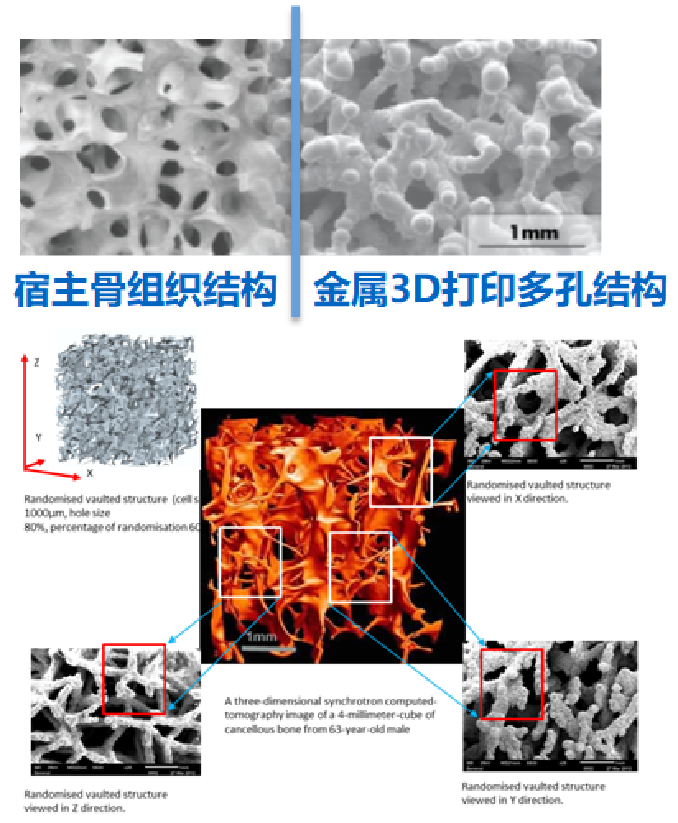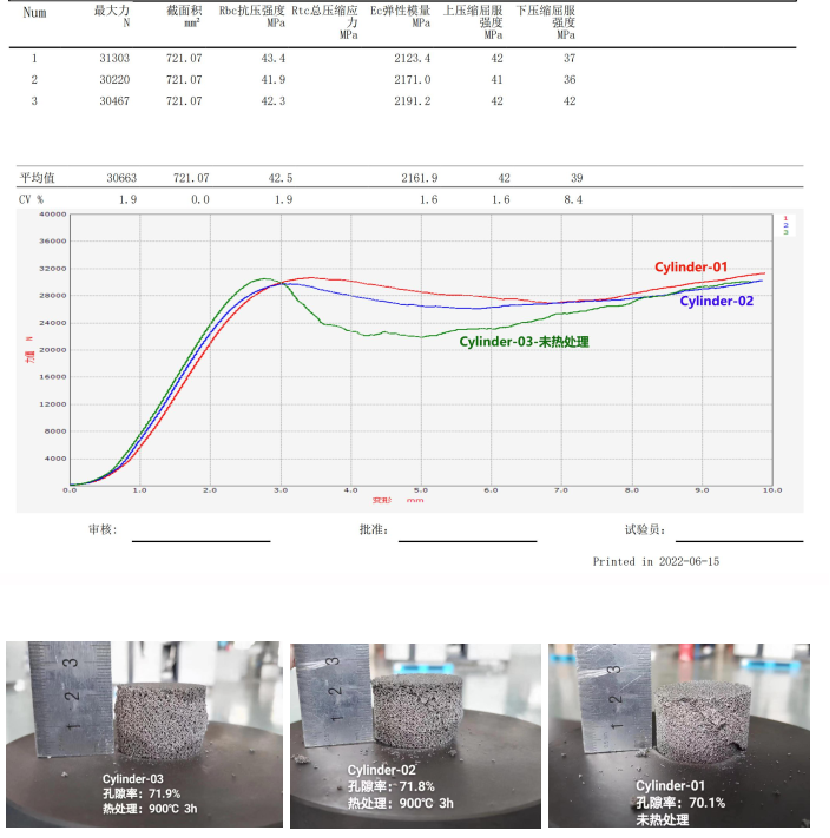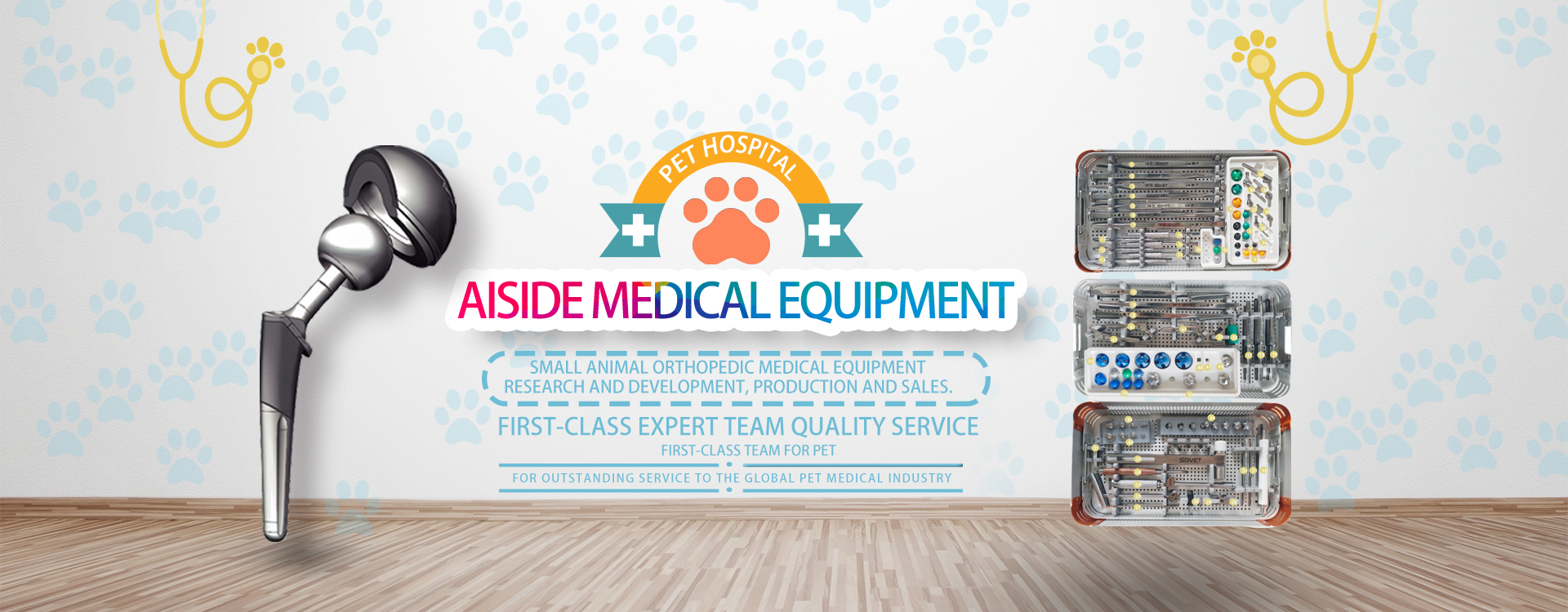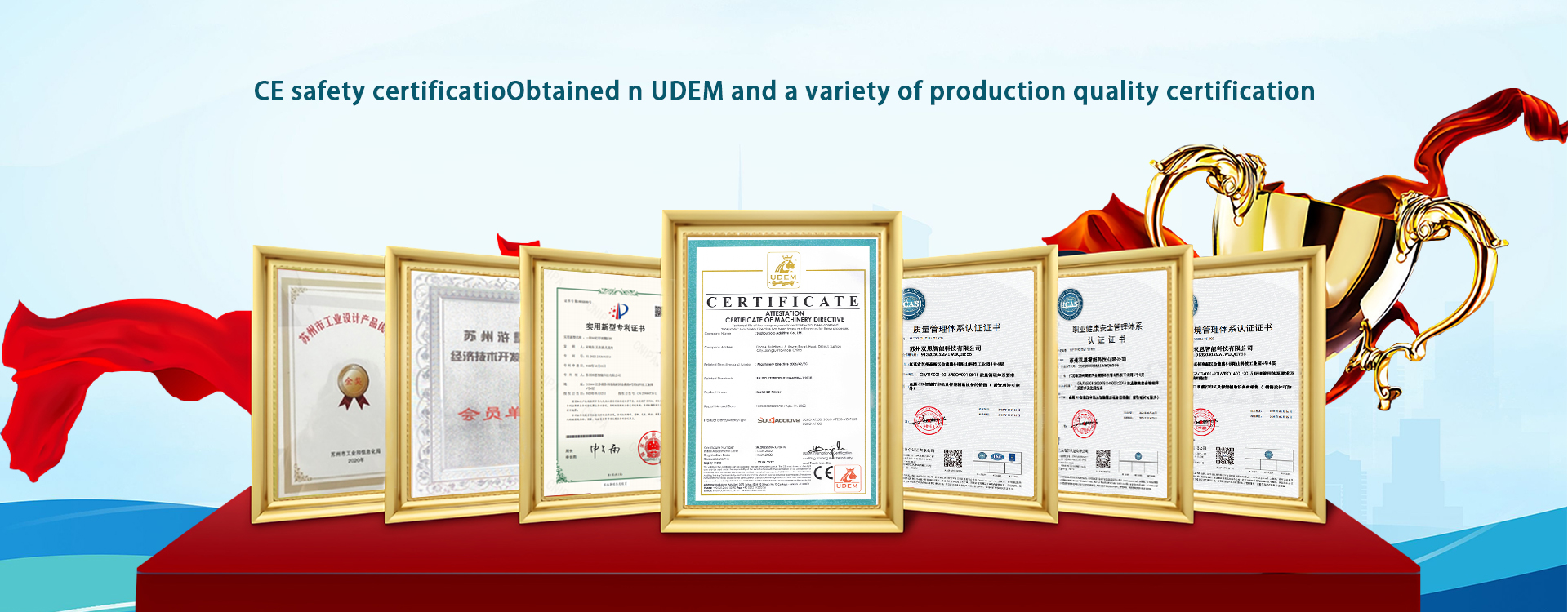Technological advantage
Bone trabecular bionic structure
Introduction to bionic structure of bone trabeculae
1. The surface of the biotype system has a randomly and irregularly distributed porous structure, which mimics the bone trabecular structure of the host (65% porosity, pore size distribution between 150-450 µm), realistic morphology, and can effectively induce osteoblast proliferation and differentiation.

Introduction to bionic structural properties of bone trabeculae
1. In terms of strength, the compressive strength of the porous is about 40 to 45MPa, which can ensure that there is no small deformation in the structural space during the initial implantation and the growth of bone tissue.
2. In terms of initial stability, an initial friction coefficient above 0.9 can ensure stable contact between the implant and surrounding tissues, providing initial intraoperative stability. And promote the attachment and growth of bone cells, improve the survival of joints.
3.TotalHIP biometric femoral joint shank not only has mechanical strength and elongation close to forged titanium alloy, but also can withstand the maximum load of 600N in fatigue test, and still remains intact after 10 million load cycles without fracture or other damage.
The experimental results show that the joint handle has high durability and strength, and can meet the long-term use needs after implantation.




















